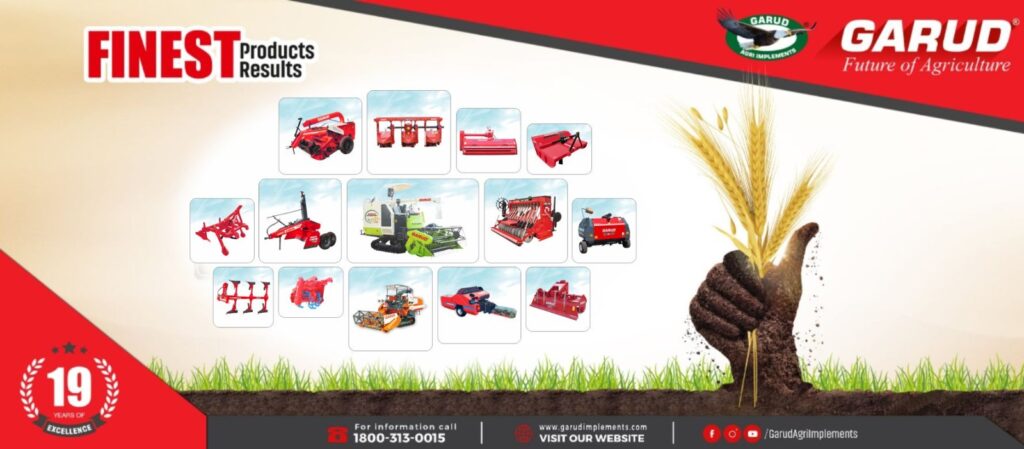Reversible Plough: A Modern Solution for Efficient Tillage
April 17, 2025N8 Betting App – Experience the Best Online Casino Fun Today
May 7, 2025In today’s rapidly evolving agricultural landscape, the key to increased productivity and sustainability lies in the adoption of smart farming practices. And at the heart of smart farming are agricultural implements—tools and machinery that have been modernized to meet the demands of both small-scale and large-scale farming operations.

Whether you’re a seasoned farmer or just starting out, understanding the role of these implements can help you make informed decisions that enhance efficiency, reduce labor, and boost yields. https://www.youtube.com/@GarudAgriImplements Let’s dig into how smart tools are transforming agriculture and what you should consider integrating into your farm.
Why Smart Tools Matter
Traditional tools still have their place, but smart Agricultural implements bring a new level of precision and efficiency. Here’s how:
- Increased Efficiency: Machines like automated seeders and harvesters can cover more ground in less time.
- Data-Driven Farming: Tools with sensors provide real-time information about soil conditions, moisture levels, and crop health.
- Cost Savings: Precision equipment reduces input costs by applying fertilizers and pesticides only where needed.
- Sustainability: Reduced waste and optimized resource use mean a lower environmental footprint.
Must-Have Smart Agricultural Implements for Modern Farming
Here’s a list of agricultural implements—both traditional and modern—that have become smarter and more efficient with today’s technology:
1. Rotavator (Rotary Tiller)
A rotavator is a powerful tillage implement used to break, churn, and level the soil. Modern rotavators come with adjustable blade settings and are often PTO-driven (Power Take-Off), making them highly effective for seedbed preparation. They reduce manual labor and save fuel by combining ploughing, harrowing, and leveling into one pass.
2. Plough (Mouldboard & Disc Ploughs)
Ploughs are essential for primary tillage. Smart versions come with hydraulic control systems and adjustable blades, allowing for deeper penetration and effective weed control while minimizing soil disturbance.
3. Harrow
Used after ploughing, harrows break up clods and level the soil. Disc and tine harrows now come with improved bearing systems and better alignment, allowing for more efficient soil mixing and preparation.
4. Power Weeder
Ideal for small to medium-sized farms, power weeders help control weeds between rows. Some advanced models are self-propelled and adjustable for different row widths, reducing the need for manual labor.
5. Combine Harvester
A modern marvel, combine harvesters handle reaping, threshing, and winnowing in a single process. GPS-enabled versions track yield and moisture content, helping with post-harvest planning.
6. Laser Land Leveler
This tool uses laser technology to level the field perfectly, improving water efficiency and crop uniformity. It’s especially valuable in rice, wheat, and sugarcane farming.
Choosing the Right Agricultural Implements for Your Farm
When selecting tools, consider:
- Farm Size and Type: Smaller farms might benefit from multi-functional tools, while large farms may need specialized machinery.
- Budget: Start with high-impact tools that deliver quick returns on investment.
- Training and Support: Make sure there’s local support and guidance for using and maintaining new tech.
- Scalability: Choose tools that can grow with your farming needs.
Final Thoughts
Smart farming isn’t about replacing farmers—it’s about empowering them. With the right agricultural implements, you can take your farm to the next level, balancing productivity with sustainability. As technology continues to evolve, staying informed and adaptable will keep you ahead of the curve.
Remember, a smarter farm starts with smarter tools. 🌾
